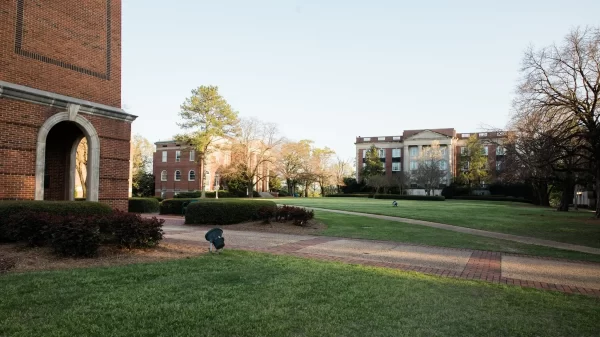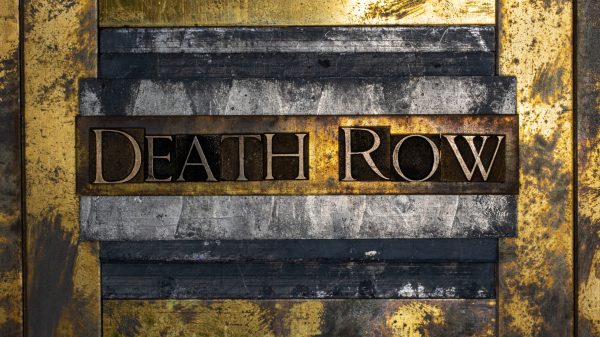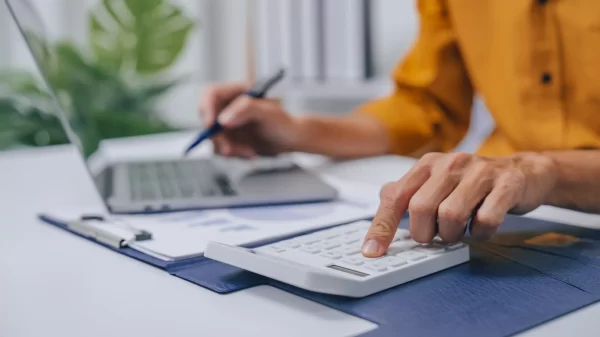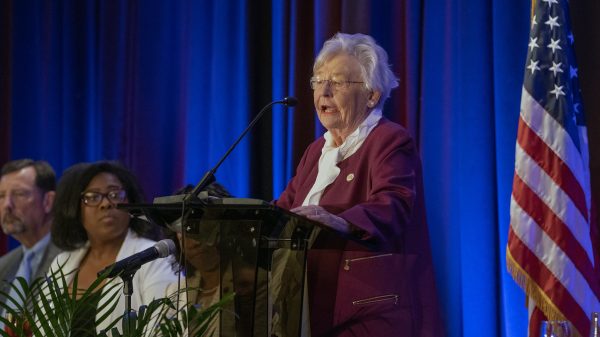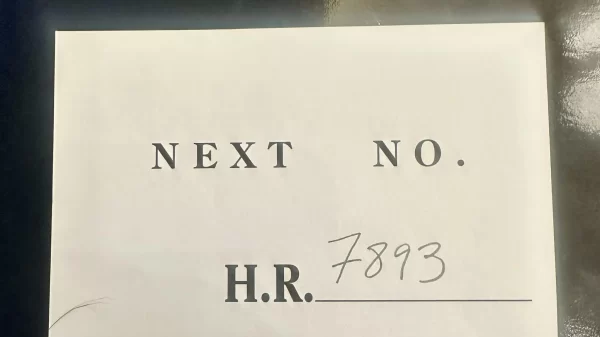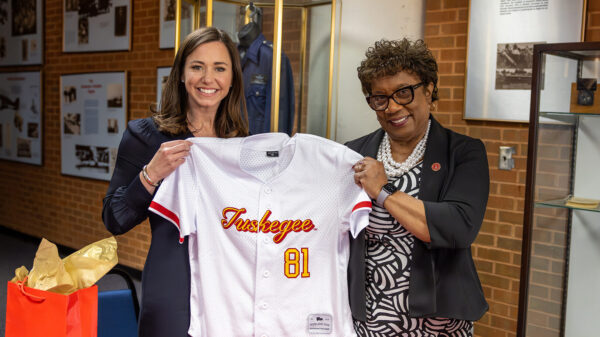John Atkinson is the public relations and marketing director at East Alabama Medical Center.
On March 31, EAMC’s Chief of Staff Michael Roberts, M.D. used the Penn Medicine CHIME tool to look at where East Alabama Medical Center—and its collective communities—stand regarding the COVID-19 coronavirus and social distancing. After sharing the resulting data with his colleague, Ricardo Maldonado, M.D., infectious disease specialist, the two knew it was make or break time.
“Social distancing is the number one denominator,” says Dr. Roberts, EAMC’s chief of staff. “If we do a poor job of that—50 percent or less—then we’re in a situation where our hospital simply cannot handle the influx of ICU patients we will see or the number of ventilators we will need, and many people will die as a result. This includes even those without COVID-19 because we simply will not have the staff and equipment to keep up.”
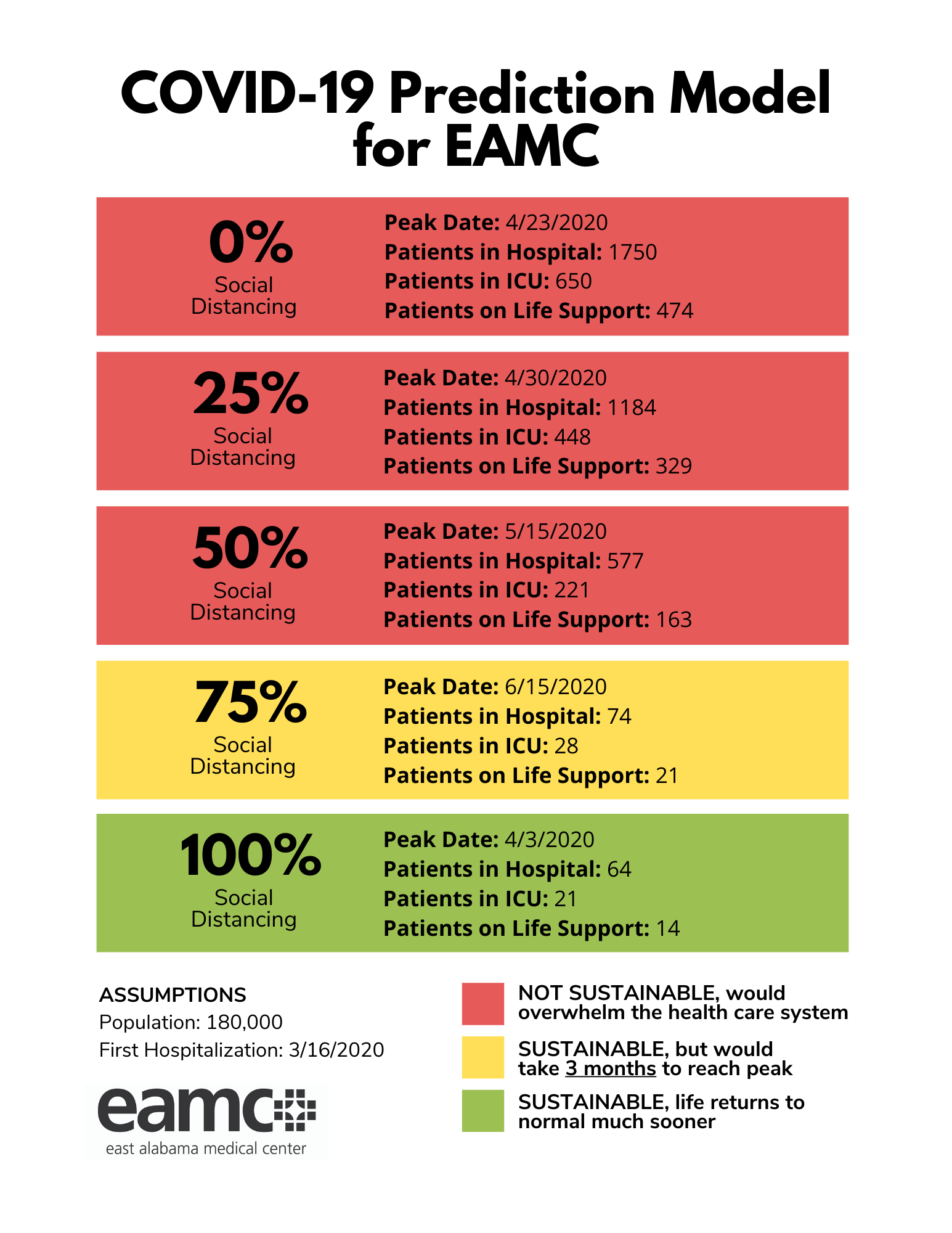
When asked recently by a local official what percentage he thinks we are at currently, Dr. Roberts hesitated before answering. “I don’t know if I can put a number on our current performance,” said Dr. Roberts. “The website unacast.com recently gave the state of Alabama a grade of ‘D’ on social distancing, representing only a 55 percent decrease in non-essential visits. Lee County was a little better with a grade of ‘B minus,’ and Chambers County received a ‘D.’ If we really want to save lives and return to a sense of normalcy, we need to shoot for an ‘A,’ with 75-100 percent social distancing—not just in Lee County, but in all of the surrounding areas.”
Dr. Maldonado agreed, and did not mince words. “If we are not pro-active today, we won’t see light anytime soon.”
75 or 100 Percent
Looking at the social distancing percentages, if 75 percent of people comply, the peak number of COVID patients at EAMC at one time would be 74, with 28 of them in ICU and 21 of them on ventilators. Those numbers are manageable, but the problem is that the peak is not until June 15, meaning that the 75 percent of people doing the right thing will have to do it for more than two more months. “And that only gets us to the peak,” states Dr. Roberts. “We would still have COVID-19 in the community.”
Using the following assumptions: population of 180,000, first hospitalization on March 16 and 64 patients currently hospitalized, the predictive modeling clearly shows that 100 percent social distancing is by far the best option. Hopefully, the “stay at home” order put in place by Governor Kay Ivey, effective Saturday, is the catalyst to reach that 100 percent mark.
“Likely have thousands of cases in our area”
Some people point to the number of confirmed cases in the community and believe the situation is not so dire. Dr. Maldonado says that does not paint an accurate portrayal. “The number of positive cases does not tell us the number of people with COVID-19 infection,” says Dr. Maldonado. “We are testing less than 100 a day while we get almost 1,000 calls daily at 528-SICK. If we tested all 4 million people in Alabama at once, we could then know how many have it,” he says, followed by a disclaimer. “Even if we did that, the next day, the number could multiply by 2 or 3 easily. The number of reported cases is just the tip of the iceberg.”
Dr. Maldonado goes on to say that 20 percent of adults will need to be hospitalized, “but this calculation does not include children who are likely the ones that have only mild symptoms or no symptoms at all; and they will continue to infect other people.”
The bottom line, says Dr. Maldonado, is that “we likely have thousands of cases in our area if we include children. Each person can infect between two and three, or much more in large gatherings that include handshakes and touching.”
“The only real option”
Dr. Maldonado, who has 16 years of infectious disease experience, including 11 years at EAMC, says there is no time to waste. “We can see the top of the peak in less than three weeks if we practice 100 percent social distancing starting right now! That means businesses can open back up sooner, people can spend time with friends and loved ones, and churches can meet sooner. The only real option—where this lasts the least amount of time and where the least amount of people die—is when we see 100 percent of our community practicing social distancing.”
What exactly is Social Distancing?
The term social distancing has been used a lot, but what exactly does it mean to practice social distancing. Here are the key things to know:
- Stay inside your home as much as possible.
- If someone in your home shows symptoms of COVID-19 (cough, shortness of breath, fever of 100 or more), isolate them immediately and do not allow any non-family members into the house.
- If you go outside to exercise or for other reasons, stay a minimum of 6 feet away from anyone and do not touch surfaces that others may have touched.
- Use hand sanitizer before going back into your home. Or, wash your hands immediately inside your home and then sanitize your door and faucet handles.
- Limit outings to food, healthcare, pharmacy and gas.
- In those settings, stay a minimum of 6 feet away from anyone and do not touch surfaces that others may have touched.
- Use hand sanitizer after opening doors, touching grocery carts, handling money of any form, and any surfaces that others may have touched.
- Do not touch your face with your hands, especially your eyes, nose or mouth.











